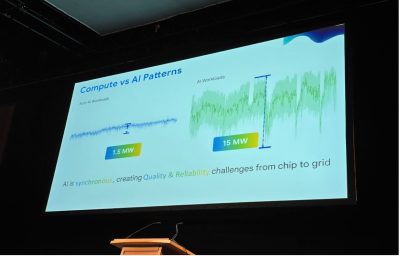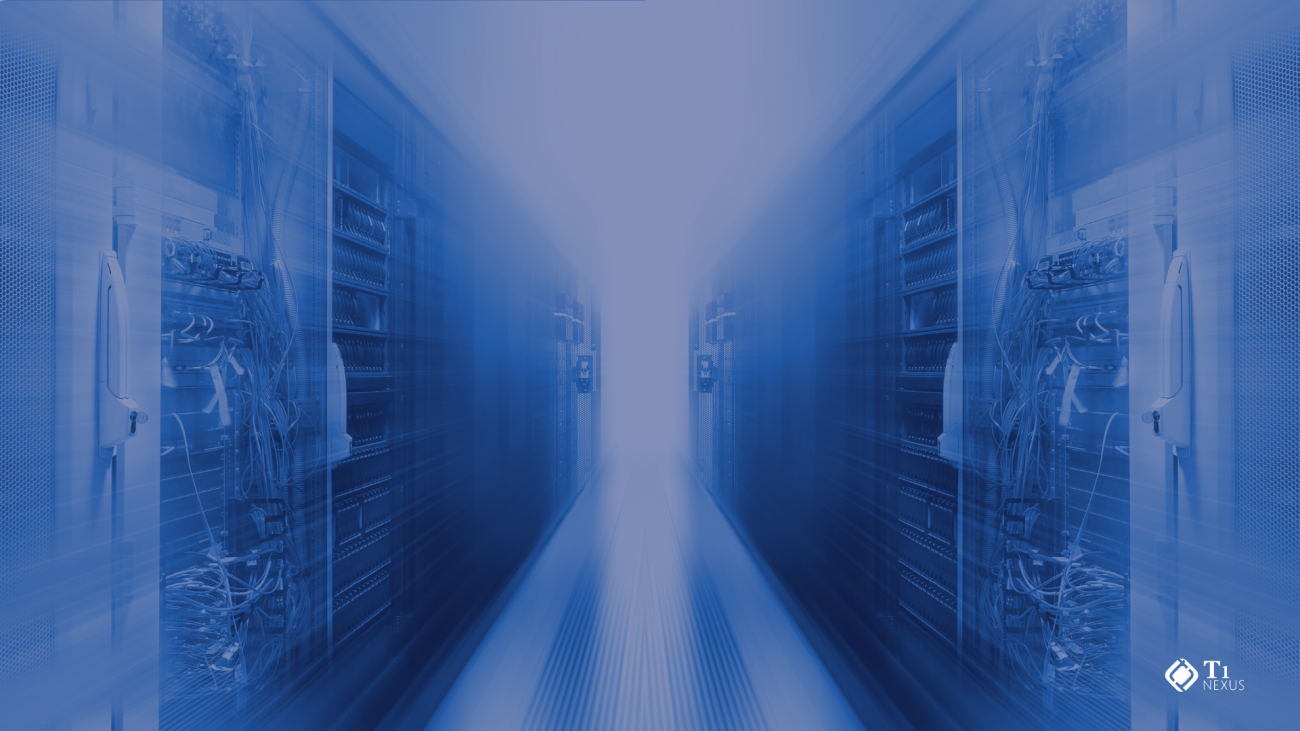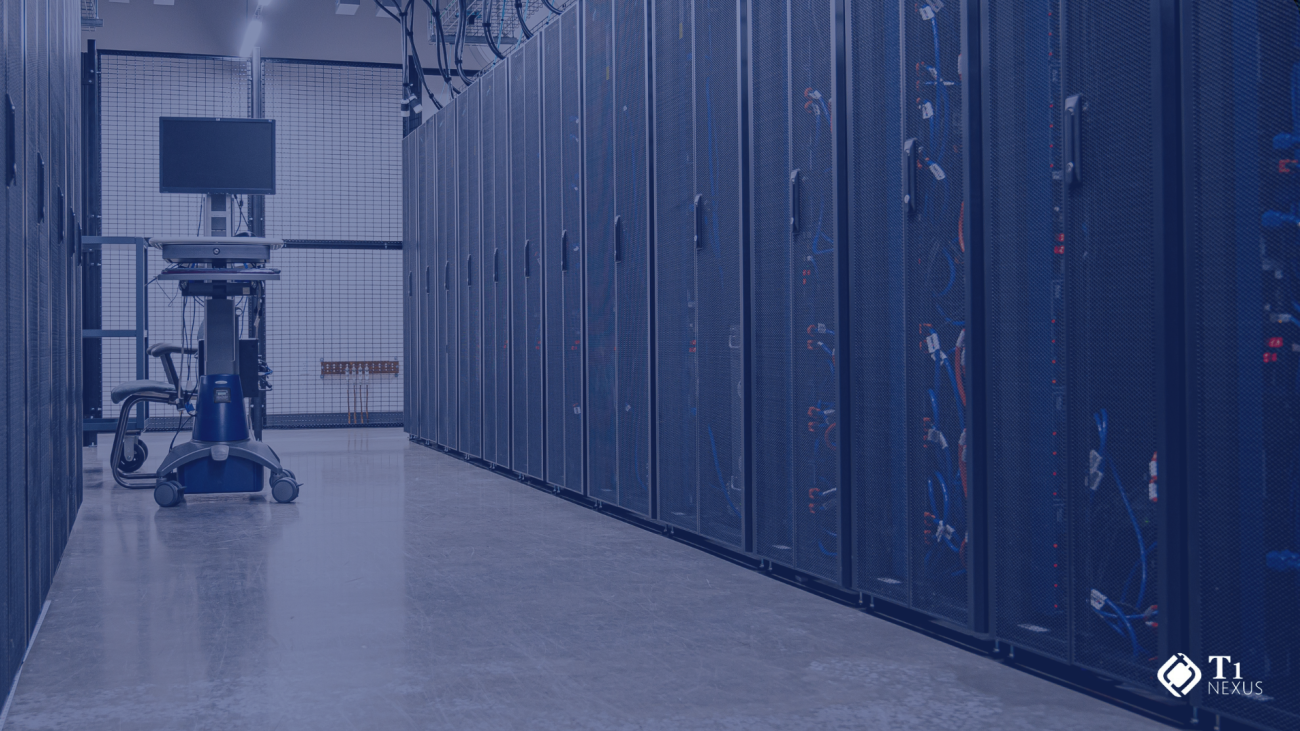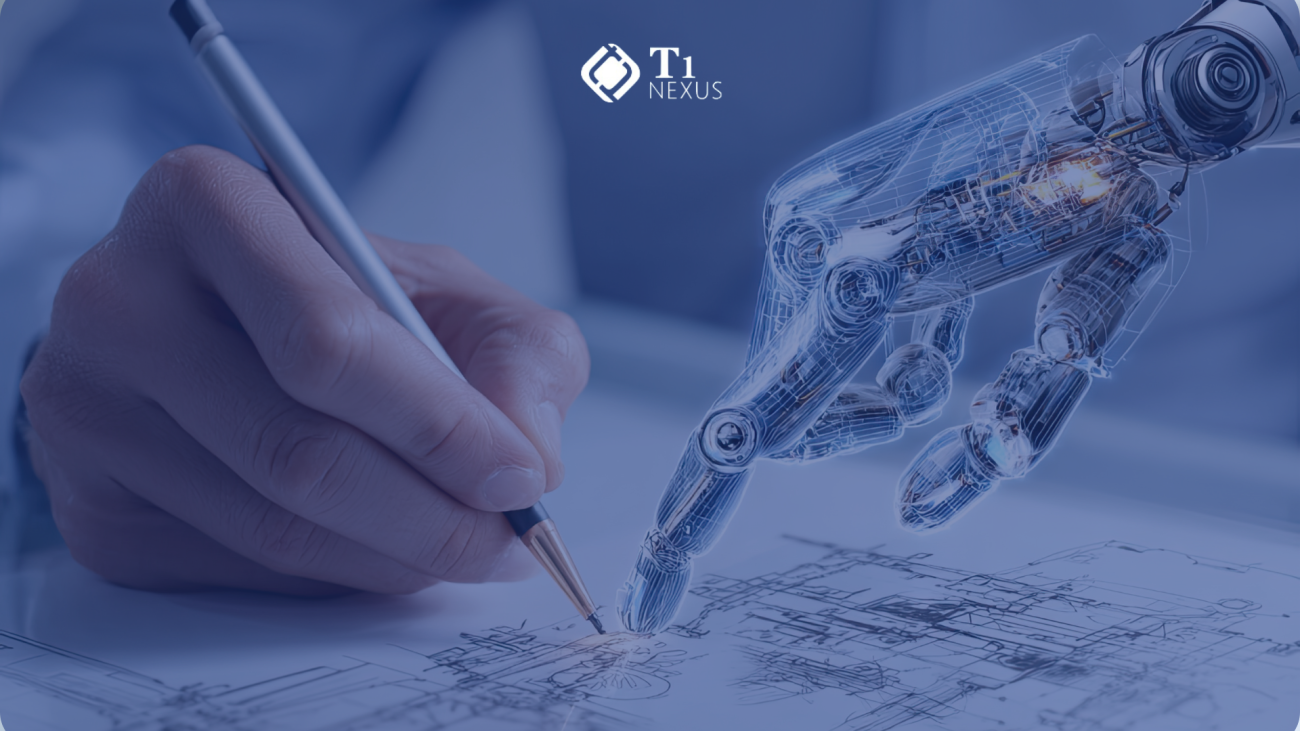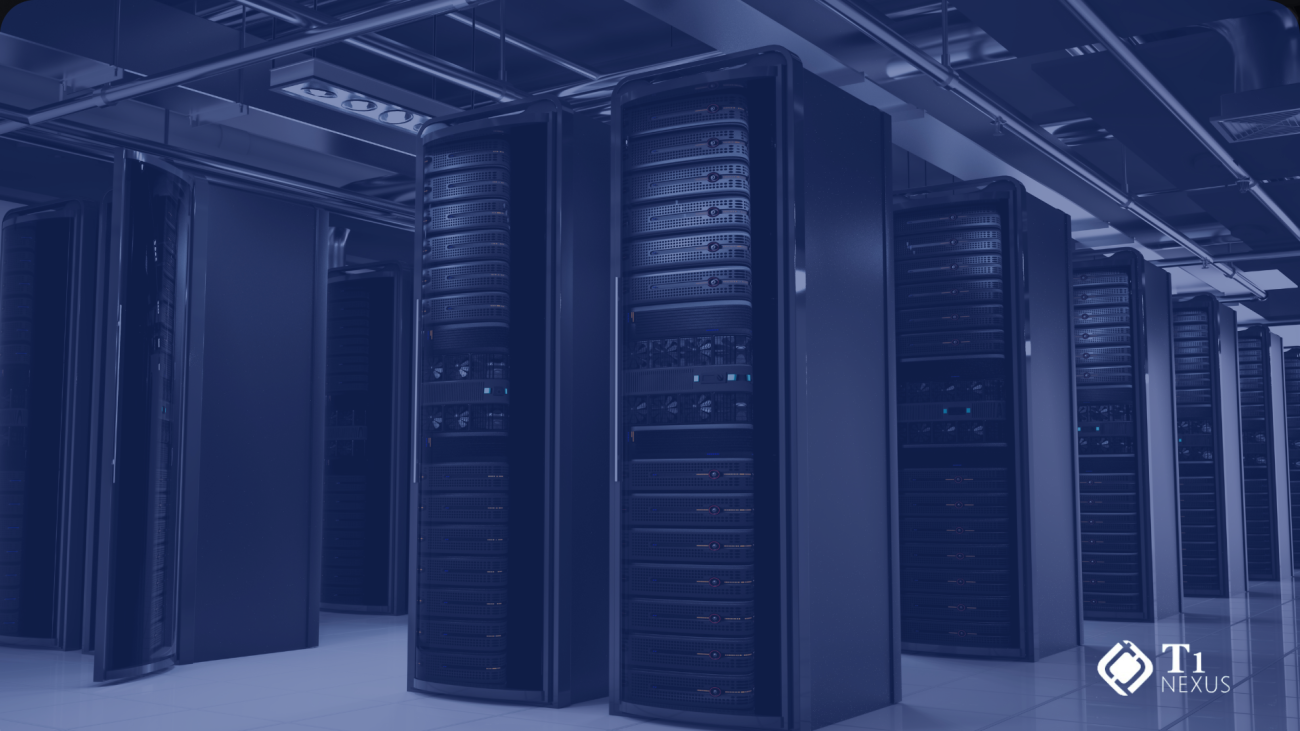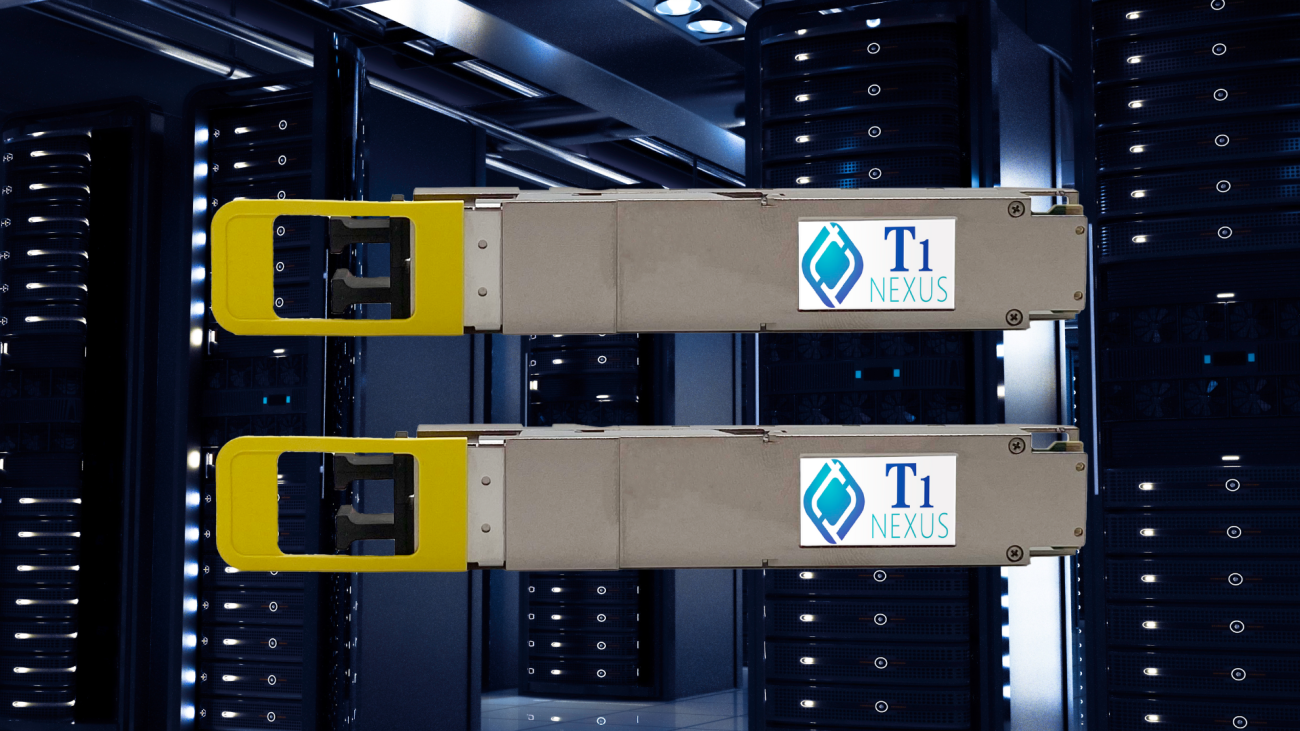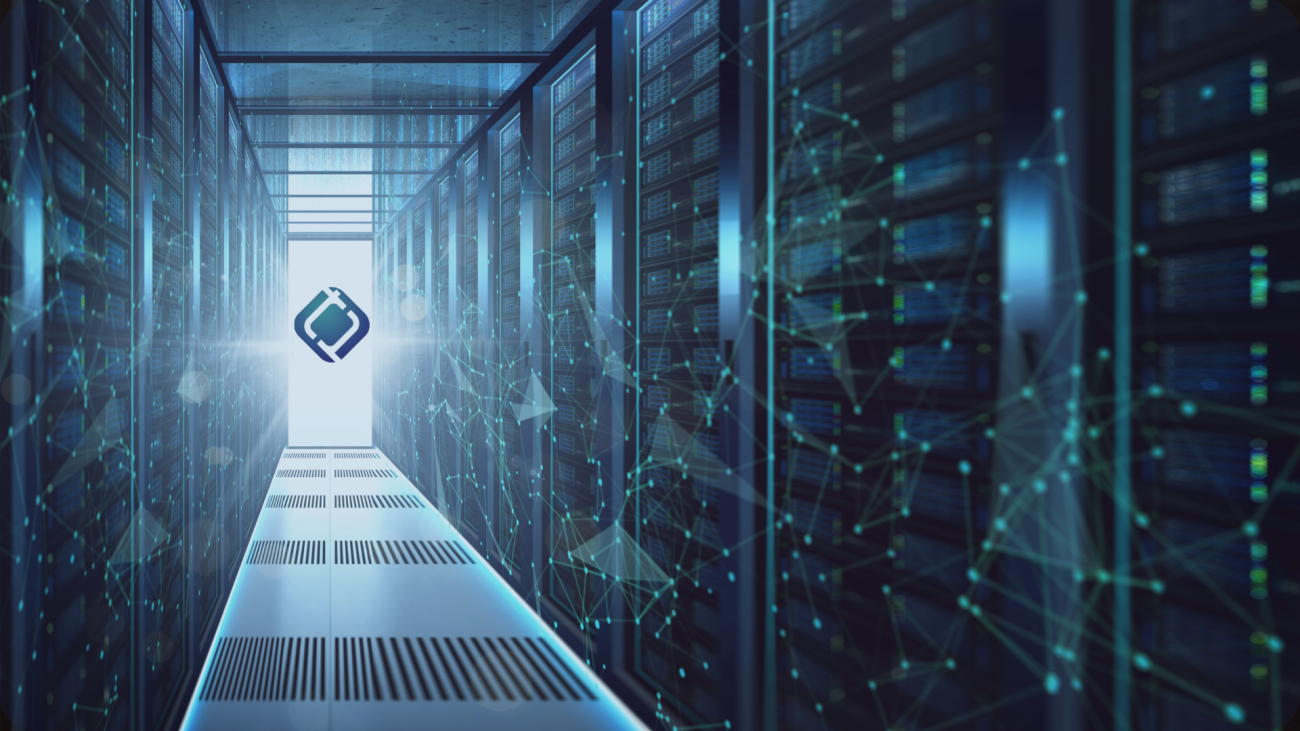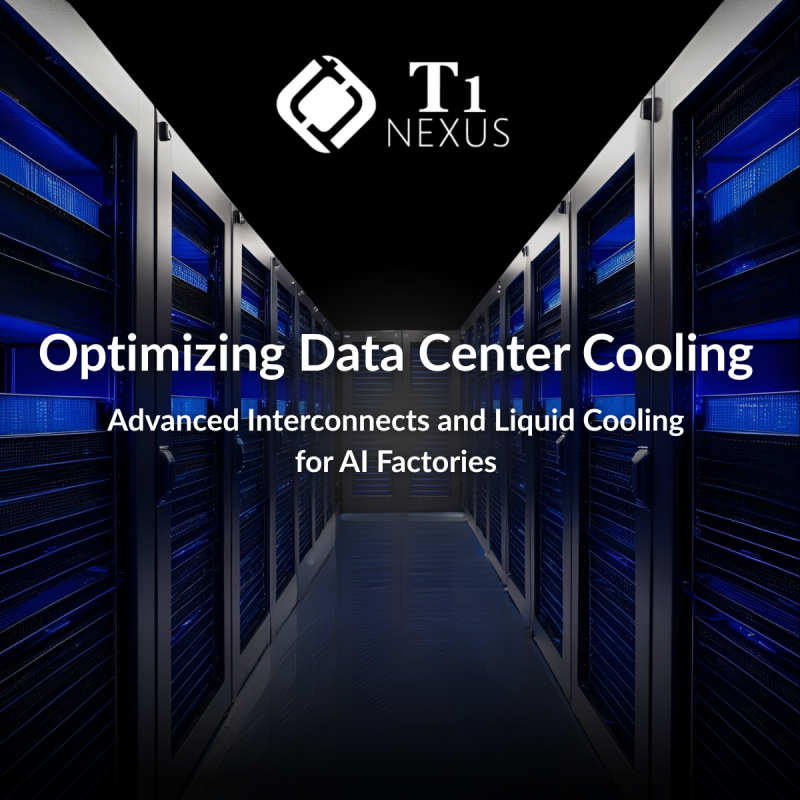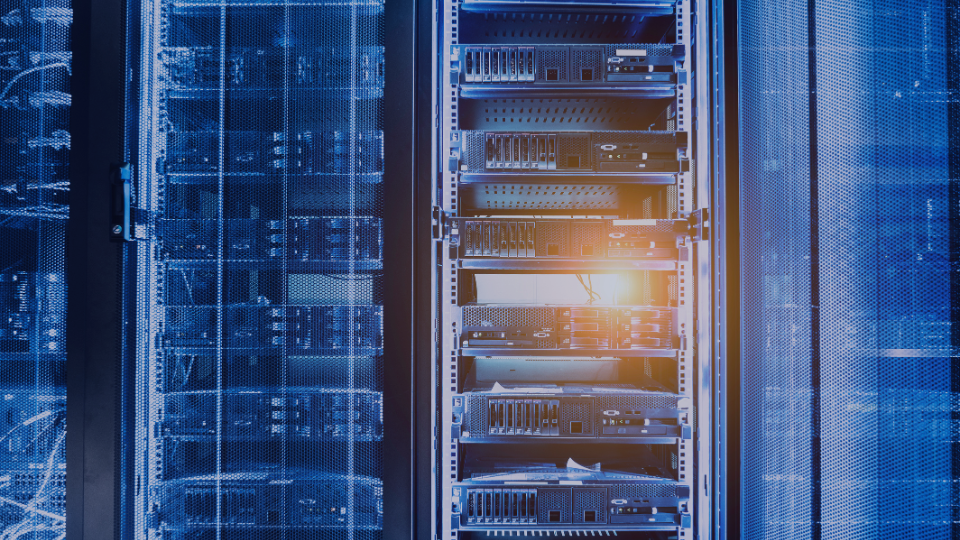
Resources
Discover Smarter Cooling Strategies for AI Factories

A few years ago, there was a story going around that some politicians in Ireland had been arguing about siting Cloud Data Centers in Galway because the sky there was always overcast, making it ideal for these sorts of facilities. It turned out to be a hoax but it was thought provoking – would data centers be better suited to colder climates?
“Historically, data centers were located in areas with good connectivity. However, as power and cooling demands have increased, might it make sense to situate them in regions with more favorable climates? We’ve seen a big influx of builds in places like Norway, Iceland, Sweden, Finland and other locations inside the Arctic Circle which helps with cooling. But we’ve also observed buildings in places like Virginia and Texas where the use of solar power can help with the energy costs. There is also a drive to build data centers in locations where power costs are lower; Arizona and the Middle East come to mind.
These data centers, in particular AI Factories, are expanding, driving higher demands for bandwidth, increased power, and more advanced cooling solutions. As an example in a traditional data center, the typical workload on systems would be around 1.5MW – when these same systems are used for AI, this workload increases to around 15MW
(Image sourced from OCP ’25 session)
Current air-cooled data center racks are typically running at up to 50kW. With the requirement for additional xPU per rack to service the demands of AI data processing, there are industry bodies (Like OCP, backed by Meta, Google and Microsoft) working on 120kW rack solutions now with plans in place for 500kW and beyond.
All this is great, but what are we doing to save on the power and cooling required in the first place? As we move to higher speed connectivity, the power consumption of the servers, switches and routers increases but power consumption per bit is going down,
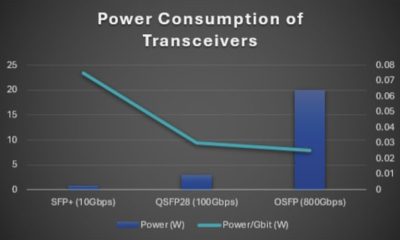
As semiconductors get smaller, we can now fit more ports into a switch and more switches into a rack, so although we are increasing bandwidth per port, we are also significantly increasing power consumption per sqft. And with the increased power consumption comes the requirement to dissipate the heat generated – also known as cooling.
Cooling is a major energy component in modern data centers—accounting for 30–55% of the total energy use. Traditional air-cooling methods are now struggling to keep up with the demands of high-density AI workloads. Enter next-generation cooling technologies:
- Liquid Cooling & Direct Liquid Cooling (DLC): These systems can reduce energy consumption by up to 50%. By directly removing heat from critical components, liquid cooling maximizes efficiency and lowers operating costs.
- Immersion Cooling: Submerging components in non-conductive liquids not only drastically improves thermal performance but also supports higher server density.
- Hybrid Cooling Approaches: By seamlessly integrating air, DLC, and immersion cooling methods, data centers can navigate legacy infrastructure challenges while meeting modern AI-powered demands.
These innovative cooling solutions deliver substantial energy savings and set a new industry benchmark for optimal thermal management in AI Factories.
Advanced Interconnects: The Backbone of AI-Ready Data Centers
While breakthrough cooling solutions are essential, they need to work in harmony with robust data transmission systems. This is where advanced interconnects play a pivotal role. The benefits include:
- Optimized Data Transmission: Efficient interconnects facilitate high-speed, low-latency communication between servers, which is critical for real-time AI processing.
- Enhanced Thermal Management: Advanced interconnect designs contribute to better overall thermal performance, ensuring seamless operation even in challenging environments.
- Eliminating Performance Bottlenecks: As servers become more densely packed, preventing data congestion is crucial. High-performance interconnects are engineered to handle increasing data loads without compromising speed or reliability.
At T1Nexus, our immersion-ready interconnect solutions are precision-engineered to support high-density AI workloads. Designed for robustness in liquid-cooled environments, our advanced material coatings and miniaturized designs enable denser server configurations without sacrificing efficiency. With support ranging from 400G-SR and 400G-DR up to speeds of 800G—and plans to launch 1.6T technology later this year—we offer a comprehensive family of products tailored for AI-ready enterprises.
Manufacturing Excellence: The T1Nexus Advantage
At T1Nexus, we set the standard for manufacturing excellence in the AI and HPC environments. Here’s why our advanced interconnect solutions stand out:
- Corrosion-Resistant Material Coatings: Our products are built to withstand the rigors of liquid-cooled conditions, ensuring long-term reliability.
- Optimized Power Distribution and Reduced Thermal Resistance: Our interconnects are designed to support high-density computing without sacrificing performance.
- Rigorous Signal Integrity Testing: Every connector and power distribution solution undergoes extensive testing to safeguard against interference and ensure dependable optical performance—even in dielectric fluid environments.
- Global Partnerships: With strategic alliances across Asia, the U.S., and EMEA, T1Nexus ensures consistent quality and industry-leading lead times.
- Proven Industry Trust: Trusted by innovators in Financial Services, Retail, and Media, our solutions are the partner of choice for those seeking reliability, efficiency, and cutting-edge performance.
These manufacturing strengths position T1Nexus as a leader in optical networking solutions for modern, AI-driven data centers.
Driving the Future of AI Factories
As AI Factories push computing power to unprecedented levels, the synergy between advanced cooling methods and interconnect innovation becomes paramount. Traditional air cooling simply can’t keep pace with the evolving demands of high-density workloads. Instead, transformative technologies like Direct Liquid Cooling (DLC), immersion cooling, and hybrid solutions are steering the future of data centers—enabling up to 50% energy savings and significantly higher server densities.
At T1Nexus, our cooling-ready interconnects are purpose-built to work seamlessly with advanced cooling systems. This integration ensures that data centers not only achieve optimal cooling performance but also enjoy reduced maintenance demands and bolstered system resilience.
Call to Action: Consult with T1Nexus today to discover how our energy-smart, innovative cooling solutions can future-proof your data center infrastructure. Embrace a sustainable, high-performance environment that powers your AI vision and drives next-generation breakthroughs.
Final Thoughts
Optimizing data center cooling isn’t just about keeping temperatures down—it’s about building the backbone of tomorrow’s AI-powered innovations. Advanced interconnects and state-of-the-art cooling technologies are revolutionizing how data centers operate, delivering unmatched performance, efficiency, and scalability. As the industry evolves, T1Nexus stands at the forefront, offering solutions that meet the most rigorous demands of modern AI Factories.
For further reading, download our new eBook located here on T1Nexus.com!
